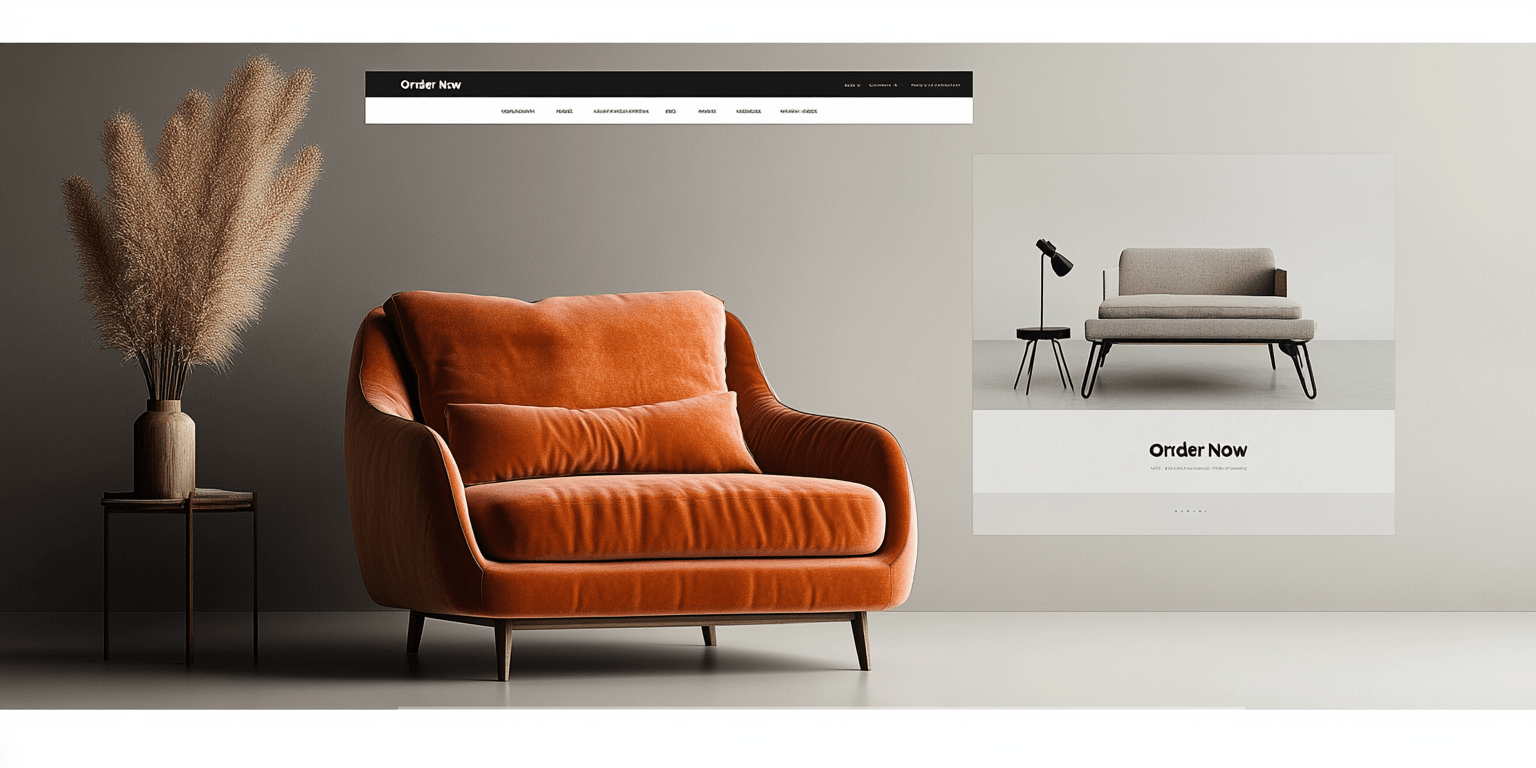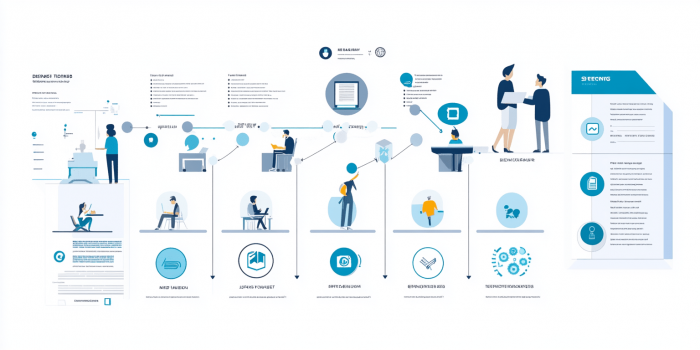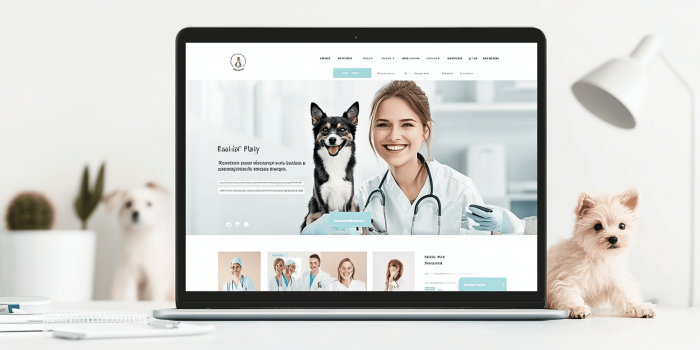- What a website for a company in this field should be
- Key structural elements when developing a website for a furniture company
- Functionality that simplifies website operation
- What to consider when ordering a website for a furniture company
- How the website helps turn views into inquiries
A modern furniture business can no longer rely solely on a showroom or an active social media page. Even with strong visual content, neither of these formats allows the customer to comfortably explore the product range, evaluate design options, or understand how the company operates. More and more often, this role is taken on by a website – with a clear structure, convenient navigation, and a presentation that matches the level of the manufacturer. It’s the perfect place to explain details, showcase examples, handle inquiries, and maintain contact with potential buyers. However, this model only works if the site is built properly, so let’s explore how to order website development for a furniture company, what such a site should be like, and what should be considered before the project begins.

What a website for a company in this field should be
Such a website must present the product in the same way a furniture maker or showroom consultant would – focusing on distinctions, options, and decision logic. Standard solutions don’t work here, because some companies need only a gallery with a few examples, while others require a shopping cart, collection structuring, filter systems, and a presentation format familiar to their audience. Everything depends on production volume, category range, and the company’s communication model. This also determines how long website development takes, since all adaptations must fully reflect the specific features of the business.
These projects require a tailored approach to both visuals and structure. If the product range consists of complex lines with many series, pages should not merely display items, but help users understand differences – in style, finishes, and selection criteria. Product cards, galleries, integrated forms, and visual blocks must act as orientation tools, not decorative elements. At this point, technical implementation can no longer be template-based. It must match the catalog structure, the decision-making process, and the logic by which the manufacturer presents its product clearly to the customer.
Key structural elements when developing a website for a furniture company
When organizing an effective category structure for an online store or other furniture-related website, we focus on covering the full customer journey – from learning about the company to placing an order. We carefully plan the placement of visual and functional blocks so users can easily browse the product range, see current offers, and contact a manager immediately. We place special emphasis on the following core elements:
- Homepage with banner. A well-designed homepage with a visually striking banner immediately creates a first impression of the company, highlights product quality, and draws attention to current collections or furniture styles.
- Product catalog. Plays a key role in site navigation, organizing the product range by category, color, and purpose, allowing users to quickly find what they need without extra steps.
- Product page. Presents all specifications in a convenient format – from price, size, and material to description and images – helping customers evaluate details and make decisions without needing further clarification.
- Product photo gallery. Shows what the furniture looks like in interior settings and allows users to evaluate its style in real environments, helping them choose the right solution for their own space.
- Customer reviews. A section with real feedback shows how the furniture looks after installation, gives insights into the level of service, and helps potential buyers learn from previous clients’ experiences.
- Feedback form. Must be integrated across key pages, simplifying order placement and ensuring stable interaction even under high traffic – assuming reliable hosting is used.
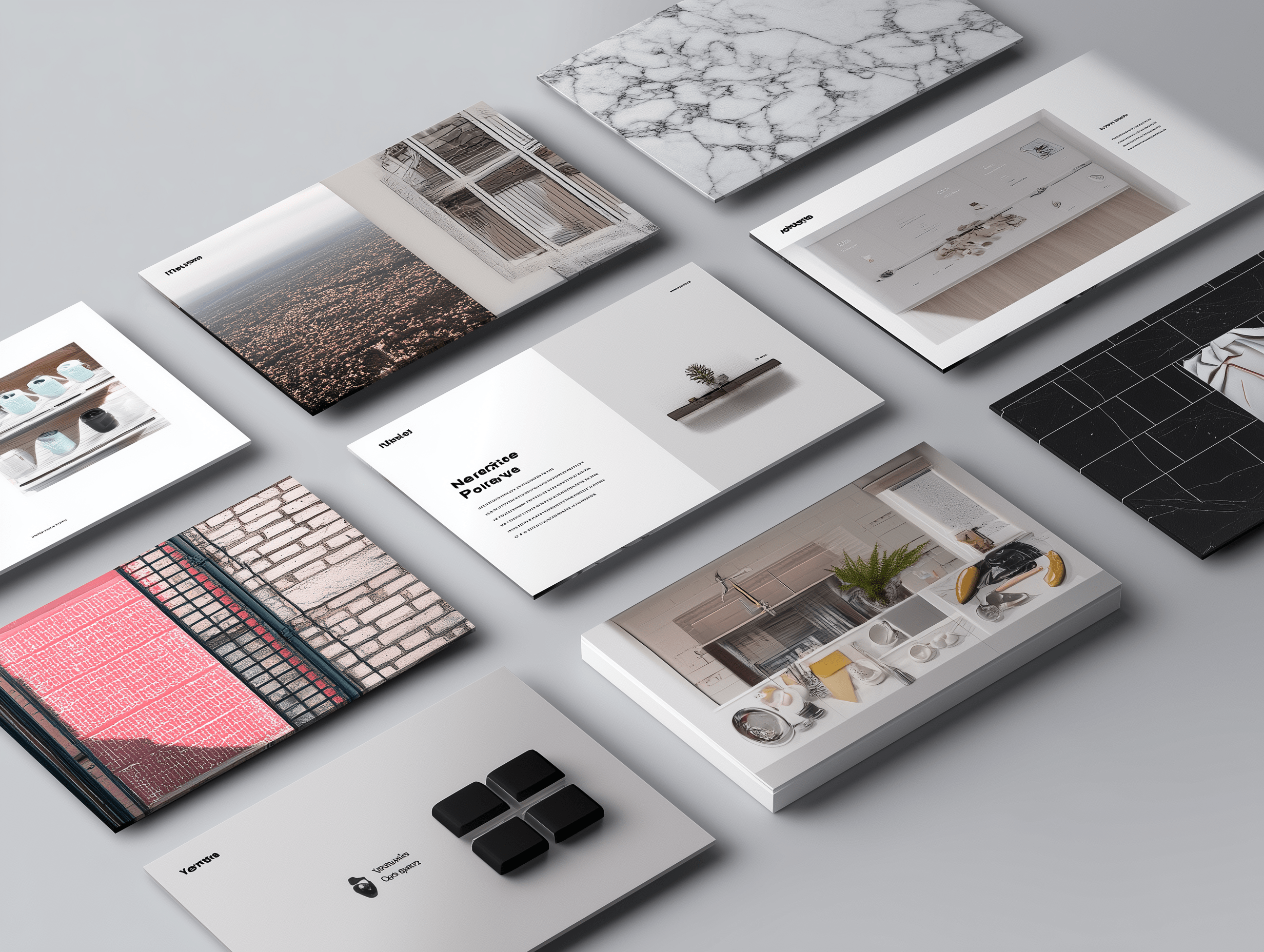
Functionality that simplifies website operation
Effective performance begins with well-implemented functionality that streamlines request handling, speeds up response times, and reduces staff workload. Often invisible at first glance, these tools are what enable smooth interaction with users and create a positive impression of the site’s adaptability and usability. These solutions include:
| Filtering by parameters. | Helps users quickly navigate the catalog, narrow down their choices by style, color, front type, or product category, and go straight to relevant results without browsing unnecessary pages. |
| Price calculator. | Allows users to automatically calculate the cost based on material, size, category, and configuration, eliminating the need to consult a manager in advance. |
| Online measurement booking. | This form lets users schedule a visit from a specialist in advance, specify the address and scope of work, minimize phone calls, and avoid repeating details. |
| On-request price list generation. | Creates a personalized document with current items, collection structure, prices, and delivery terms, which the client receives by email or through their personal account. |
| Item comparison. | Allows users to view multiple products side by side, comparing descriptions, features, images, and technical specifications – especially useful when choosing furniture with similar designs. |
| CRM synchronization. | Ensures automatic processing of order form data, logs key updates and contact details, and lets the manager focus on tracking project stages rather than manual data entry. |
| Customer account. | Provides convenient access to a saved selection, shopping cart, order history, and previously purchased products, all in an organized format. |
What to consider when ordering a website for a furniture company
Like building any other site in this niche, developing an online store begins with agreeing on key decisions that define its structure, logic, and technical content. We encourage clients to define their expectations and fix essential requirements in advance to avoid unnecessary revisions and misunderstandings. The main focus should be on these aspects:
- Site goals and business model. Work begins by clarifying expectations – one company may need automated ordering, while another prioritizes visual impression and a strong connection to their manufacturing identity.
- Catalog and category structure. The catalog must cover the full product range and be logically divided into categories where users can easily find items by style, design, or function.
- Request processing logic. All inquiry handling should be automated: data from the form is read immediately, processed in the background, and conveniently displayed in the manager’s dashboard.
- Assortment and selection details. The website must reflect the full scope of available options – from construction type to material, color, and size – so that customers can review everything in one section.
- Visual content presentation. Images, banners, and layout blocks must match the site’s aesthetic and structure, avoid cluttering the interface, and clearly convey the overall brand style.
- Support tools. Should include simple communication channels like inquiry forms, chats, or messengers, allowing clients to quickly get clarifications and leave feedback about the service.
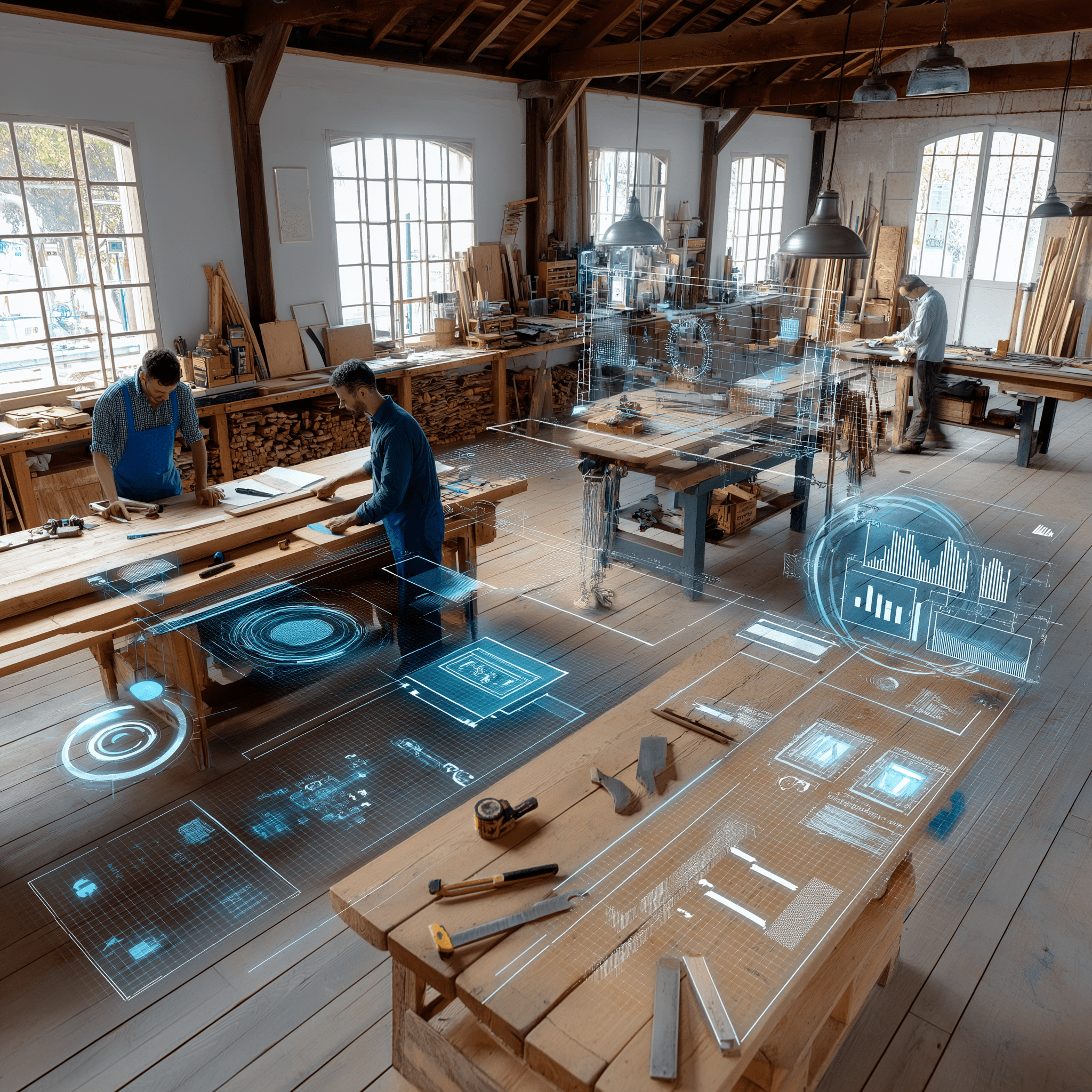
How the website helps turn views into inquiries
The decision to reach out forms gradually – beginning when the user feels trust in what they see. If the page loads without delay, the structure is intuitive, and navigation flows smoothly, the experience feels predictable. In such conditions, even basic interaction feels comfortable because true usability comes not from individual functions but from how logically they are connected. We’ve analyzed this in similar projects – read more about building an online clothing store to see how a thoughtful element order and effective internal linking influence user reactions even before they start browsing products.
This confidence grows even more when visitors see clear answers to key questions. Information about materials, finishes, available sizes, and current prices is all in one place and doesn’t require navigating between sections. This kind of presentation creates a sense of continuity – where images reinforce the content and help assess the offer even before speaking with a manager. Such natural interaction removes barriers and converts browsing into real inquiries even when the final decision hasn’t been made yet.
Would you like to order website development for your furniture business? Need a site that drives success, attracts attention, and turns visitors into real clients? We’re ready to offer exactly that – flexibly adapting the project’s functionality and structure to your company’s needs. Working comprehensively and without templates, our team guarantees exactly the result you expect with every request. Contact us and submit your inquiry today – the QuatroIT experts are at your service!


